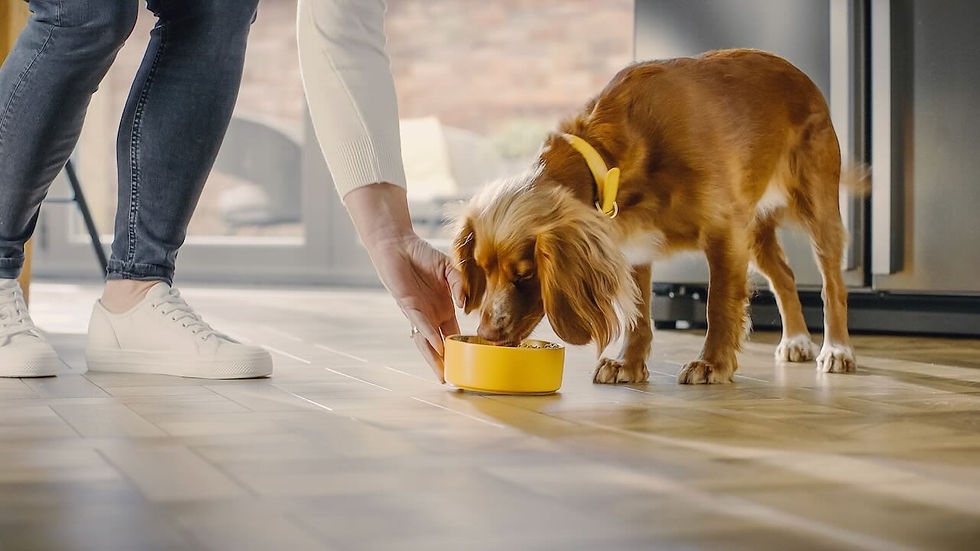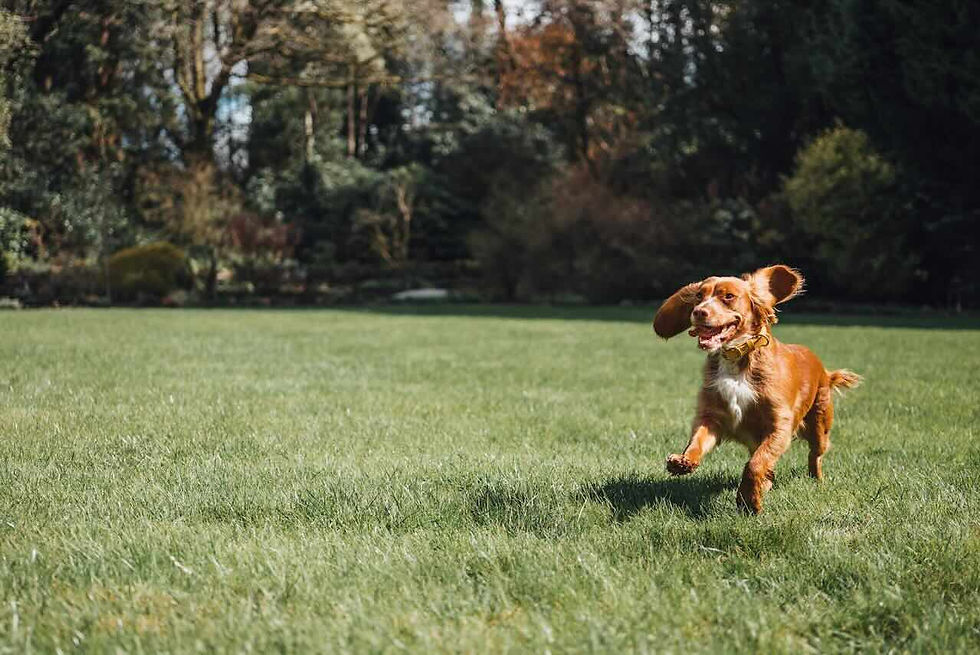

Best Dog Food for 2026 : Independently Tested & Reviewed
There's a whole range of companies revolutionising the face of dog food in the UK, and we've included the best of them in our round up.


Best Calming Solutions for Dogs (including top calming tablets)
Discover the best solutions to keep your dog calm. From tablets to beds, collars and drinks to diffusers, find the perfect solution for a peaceful pup

















